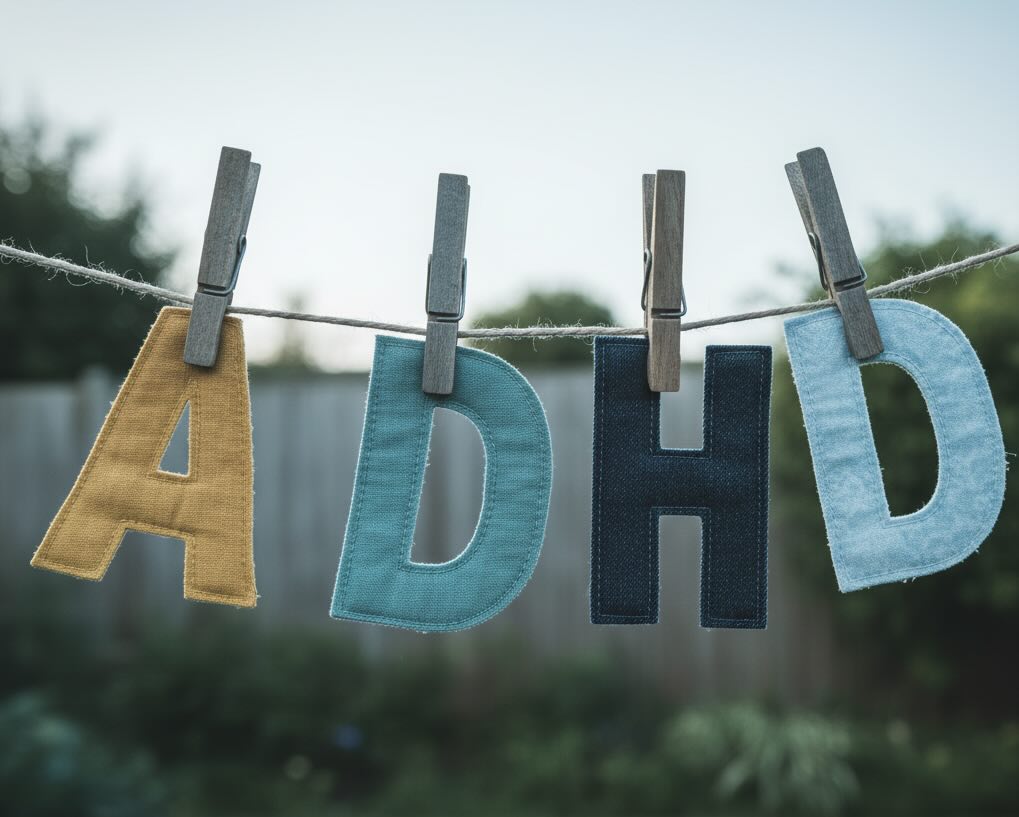What is Alcohol Use Disorder?
Alcohol Use Disorder (AUD) is a combination of alcohol abuse (harmful patterns of use) and alcohol dependence, which is more severe, compulsive use.
In simple terms:
- Harmful / “abusive” use – drinking in a way that causes problems (health, work, family, legal, accidents), even if you don’t feel “hooked”.
- Dependence – your body and brain adapt to alcohol; you may:
- Need more to get the same effect (tolerance)
- Get withdrawal symptoms when you cut down or stop
- Feel you have to drink to feel “normal” or get through the day
AUD is a problematic pattern of alcohol use leading to significant distress or impairment, based on a set of criteria such as loss of control, craving, tolerance, withdrawal, and continuing to drink despite harm. Severity depends on how many of these criteria are met.
Heavy or prolonged drinking can damage almost every organ system, increasing risk of liver disease, heart disease, stroke, pancreatitis, multiple cancers, brain changes, depression and anxiety.
Alcohol Use Disorder Symptoms
Everyone’s pattern is different, but below are some common signs.
Core features
Over 12 months, any of the following may be present:
- Often drinking more or longer than intended
- Persistent desire or unsuccessful efforts to cut down or control drinking
- Spending a lot of time obtaining alcohol, drinking, or recovering from its effects
- Craving or strong urges to drink
- Drinking leading to problems at work, school, or home, or failing to meet responsibilities
- Continuing to drink despite repeated social, relationship, or legal problems caused or worsened by alcohol
- Giving up or reducing important social, recreational, or occupational activities because of drinking
- Drinking in situations where it is physically hazardous (e.g., driving, operating machinery, unsafe sex, dangerous environments)
- Continuing to drink despite knowing it is causing or worsening health problems or mental health issues
- Tolerance – needing more alcohol to get the same effect, or noticing less effect with the same amount
- Withdrawal – physical or psychological symptoms (e.g., shaking, sweating, nausea, anxiety, agitation, seizures) when alcohol is reduced or stopped, or drinking to relieve these symptoms
Physical symptoms
Your body may show the strain of regular heavy drinking and/or withdrawal:
- Morning shaking, sweating, nausea, anxiety, or feeling generally “awful” until you drink
- Blackouts or memory gaps about events when drinking
- Poor sleep, snoring or breathing issues, nightmares
- Ongoing stomach pain, reflux, diarrhoea, or vomiting
- Frequent injuries, falls, or accidents
- Signs of liver strain (e.g., abdominal swelling, yellowing of skin/eyes in advanced disease)
- Raised blood pressure, palpitations, breathlessness on exertion
- Repeated infections, feeling run-down, weight loss or weight gain
- Long-term heavy use increases risk of cirrhosis, heart disease, stroke, pancreatitis and several cancers (mouth, throat, oesophagus, colon, liver, breast.
How it may feel day-to-day
Emotionally and psychologically, you might notice:
- Using alcohol to cope with stress, anxiety, low mood, trauma memories, boredom or loneliness
- Feeling out of control once you start drinking (“I don’t know when to stop”)
- Hiding bottles, downplaying how much you drink, or drinking before/after social events, as well as during them
- Increasing arguments or distance in relationships; guilt about what you say or do when drinking
- Worrying about health, finances, and performance at work
- Driving while hungover or intoxicated
- Feeling ashamed, embarrassed, or hopeless about your drinking – but also scared to imagine life without it.
When to seek help
Call emergency services or seek urgent medical care immediately if you or someone else has:
- Chest pain, shortness of breath, collapse, seizures, or suspected head injury
- Symptoms of severe withdrawal: confusion, hallucinations, fever, severe agitation, or seizures (possible delirium tremens – a life-threatening emergency)
- Vomiting blood, black or bloody stools, or severe abdominal pain
- Signs of overdose or mixing alcohol with other drugs/medications
- Thoughts of self-harm, suicide, or harming others.
Seek prompt professional support (specialist or mental health/alcohol service) if:
- You’re drinking most days, regularly binge drinking, or others are worried about your drinking
- You’ve tried to cut down or stop and can’t, or withdrawal symptoms appear when you reduce
- Drinking is affecting your physical health, mood, work or relationships
- You’re using alcohol alongside other substances (prescription or illicit).
How Do You Assess for Alcohol Use Disorder?
Single-disorder screening tools like the AUDIT, AUDIT-C, and CAGE, are a starting point, but they don't identify co-occurring conditions that may be driving the drinking behaviour, and they don’t replace a full diagnosis.
- Start with a broad multi-condition mental health assessment: A multi-condition tool like Loffty helps you explore alcohol use alongside other mental health conditions – such as depression, anxiety, PTSD, ADHD, bipolar disorder and other substance use disorders – which often interact with alcohol problems and affect treatment planning.
- Share your results with a qualified specialist: A psychiatrist, clinical psychologist, addiction nurse, or specialist AOD (alcohol and other drugs) clinician will typically explore:
- How much and how often you drink, including binge patterns
- Any history of withdrawal symptoms (especially seizures, confusion, hallucinations)
- Impact on health, work, relationships, finances and legal issues
- Use of other substances (prescribed and non-prescribed)
- Co-occurring mental health conditions (e.g., depression, anxiety, PTSD, psychosis)
- Strengths, motivations, social supports, and previous attempts to change
- Medical assessment and tests: your specialist may recommend:
- Physical examination, including blood pressure, pulse, weight and signs of liver disease or poor nutrition
- Blood tests (e.g., liver function, full blood count, electrolytes, glucose, lipids)
- Possibly vitamin levels (e.g., thiamine) and other tests, depending on your health history
- ECG if there are concerns about heart rhythm or medication interactions
- What to bring to an appointment:
- An approximate record of how much you drink over a week (or several weeks)
- Notes on withdrawal symptoms when you cut down or stop
- List of medications and supplements
- Relevant medical history (e.g., liver disease, seizures, heart issues, mental health diagnoses)
- Any questions about options, length of treatment, costs, and how family or colleagues might be involved
How Do You Treat Alcohol Use Disorder?
Treatment usually involves three overlapping phases:
- Making alcohol use safer right now (including managing withdrawal risks)
- Changing drinking patterns (cutting down or stopping)
- Preventing relapse and supporting long-term recovery
Approaches combine psychosocial therapies, medical support, and, where appropriate, medications.
Important: If you drink heavily every day, don’t suddenly stop without medical advice. Severe withdrawal (including seizures and delirium tremens) can be life-threatening and often requires supervised detox with medication.
Lifestyle and harm-reduction foundations
These do not replace treatment, but they support it:
- Safety first: Talk with a specialist about whether a planned, medically supervised withdrawal is needed. If so, they may arrange inpatient, day-patient or closely supervised home detox.
- Steady nutrition & thiamine: Eating regularly and taking prescribed vitamins (especially thiamine) helps protect brain and nerve health in people who drink heavily. (Your specialist will advise on dose/route.)
- Sleep & structure: Consistent routines (wake time, meals, activities) reduce vulnerability to cravings and low mood.
- Social support: Involving a trusted person (family, partner, friend) often improves outcomes and safety
- Harm-reduction: For some people, initial goals may be safer drinking (e.g., alcohol-free days, avoiding driving after drinking, reducing mixing with other drugs) while building towards larger changes.
Talk Therapy
Psychological treatments can reduce drinking and help people stay abstinent or at lower-risk levels. Common evidence-based approaches include:
- Motivational Interviewing/Motivational Enhancement Therapy (MI/MET): Helps explore ambivalence (“part of me wants to drink, part of me doesn’t”) and strengthen motivation and confidence to change, in a non-judgemental way.
- Cognitive Behavioural Therapy (CBT) and relapse-prevention: Identifies triggers (thoughts, feelings, situations), builds coping skills, and develops concrete strategies to prevent lapses from turning into full relapse.
- Twelve-Step Facilitation (TSF)/mutual-help support (e.g., AA, SMART Recovery): Structured approaches that link people into peer support and ongoing recovery communities.
- Family/couples interventions: Involving partners or family members can improve outcomes and relationship functioning, and reduce conflict.
- Other approaches: Behavioural therapies, social network therapy, contingency management and psychodynamic approaches can also help, often alongside core methods.
Your choice of therapy generally depends on severity, co-occurring conditions, goals, and what’s available in your area.
Medication
Medication does not “cure” alcohol dependence on its own, but certain medicines can reduce cravings, support abstinence, or help prevent a return to heavy drinking, especially when combined with psychosocial treatment.
Evidence-supported options (availability varies by country):
- Naltrexone: (oral daily or monthly depot injection) reduces rewarding effects/craving; associated with fewer heavy drinking days and relapses.
- Acamprosate: helps maintain abstinence after detox by reducing post-acute withdrawal symptoms and craving.
- Disulfiram: causes unpleasant reactions when alcohol is consumed; may help highly motivated people under close supervision.
- Nalmefene and some off-label options: (e.g., topiramate, baclofen, gabapentin, varenicline) are used in some settings for certain people, usually when first-line agents haven’t worked or aren’t tolerated. The evidence is more mixed, and country approvals differ.
Medication decisions should consider:
- Liver and kidney function
- Other medications and physical health conditions
- Pregnancy and breastfeeding
- Co-occurring mental health conditions and suicide risk
Any decision to start, adjust, or stop medication should be made with a suitably qualified prescriber (e.g., GP, psychiatrist, addiction specialist) who can monitor you and coordinate with your therapy team.
Levels of care
Depending on risk and local services, treatment may involve:
- Brief interventions in primary care: feedback on risk, advice, and goal-setting for hazardous/harmful use
- Structured outpatient care: regular sessions with an addiction specialist, plus medical monitoring and support groups
- Day programmes/intensive outpatient programmes: multiple sessions per week combining group therapy, education, skills training and sometimes supervised dosing of medication
- Inpatient or residential programmes: for medically complex withdrawal, high risk, or when outpatient care hasn’t been enough
- Mutual-help and peer-support groups: important ongoing support for many people after formal treatment ends
Alcohol Use Disorder Research
Prevalence and burden
- Alcohol use disorders are common worldwide. Recent global analyses suggest the age-standardised prevalence of AUD in adults is around 1.3%–1.7%, with substantial regional variation.
- Alcohol use is a leading risk factor for disease burden among young and middle-aged adults, contributing to millions of deaths annually and a large share of disability-adjusted life years (DALYs).
- Alcohol contributes to liver disease, cancer, injuries, heart disease, mental health problems, and social harms (violence, accidents, and lost productivity).
Despite this, only a minority of people with AUD receive any treatment in a given year.
Treatment evidence
- Psychological therapies: Meta-reviews find small to moderate benefits for motivational interviewing, CBT (including relapse prevention), and combined approaches for reducing drinking and improving functioning. Involving significant others can enhance outcomes.
- Medication: A large 2023 systematic review and meta-analysis (118 trials, ~21,000 participants) found that oral naltrexone 50 mg/day and acamprosate each improved drinking outcomes compared with placebo.
- Combined approaches: WHO’s mhGAP and national guidelines recommend combining psychosocial interventions with pharmacotherapy for moderate–severe alcohol dependence where resources allow.
Research is ongoing into personalising treatment (e.g., matching people to specific medications or therapies based on genetics, comorbidities, or patterns of use) and into broader public-health strategies to reduce alcohol-related harm.
Books and Resources
- Motivational Interviewing: Helping People Change (Miller & Rollnick). A widely used text for clinicians and helpers, describing a collaborative, non-judgemental approach to supporting change in alcohol and other substance use.
- Overcoming Alcohol Misuse: A Self-Help Guide Using Cognitive Behavioural Techniques (Marcantonio Spada). A CBT-based self-help book aimed at people who want to reduce or stop drinking, with practical exercises and worksheets.




